Renewable-based power systems, backed by grid balancing engines and energy storage, can enable Southeast Asian countries to reach net zero by mid-century whilst cutting the levelized cost of electricity (LCOE) by over 20%, when taking into account likely future carbon taxes, according to technology group Wärtsilä.
The modeling, published in Rethinking Energy in Southeast Asia report, simulates the paths to net zero emissions in three major Southeast Asian power systems — Vietnam; the island of Sulawesi in Indonesia; and the island of Luzon in the Philippines. The study shows that a combination of renewables plus flexibility, provided by balancing engines and energy storage, can reliably meet the increasing power demand. In all the countries modeled, the ‘Net Zero’ scenario shows that inflexible fossil fuel assets, such as coal or combined cycle gas turbines (CCGTs), should be phased out. New investments should focus on adding renewable energy sources, increasing flexible capacity, and developing sustainable fuels such as green hydrogen.
Alliances for Decarbonization
Partnership formed to establish green hydrogen supply chain between Ireland and Europe: Irish green hydrogen company EIH2 and Port of Cork signed a memorandum of understanding (MoU) with the Dutch Port of Amsterdam to establish a supply chain for green hydrogen between Ireland and Europe via the Port of Amsterdam. The agreement is said to reflect the collaboration between Ireland and the Netherlands as well as the European approach to working together toward becoming the first Net Zero continent.
Uniper and Vesta join forces to create the first green ammonia hub in North-West Europe: German energy company Uniper and the Dutch Vesta Terminals have signed a memorandum of understanding (MoU) to cooperate on establishing the first green ammonia hub in North-West Europe. Under the MoU, the companies will evaluate the feasibility of refurbishing and expanding an existing storage facility in Vlissingen, the Netherlands, with the aim to create the green ammonia hub ‘Greenpoint Valley’. Vesta Terminals in Vlissingen currently have 60,000 m3 of refrigerated storage capacity built for ammonia and as a future hub will be able to handle an initial throughput capacity of 0.96 mtpa.
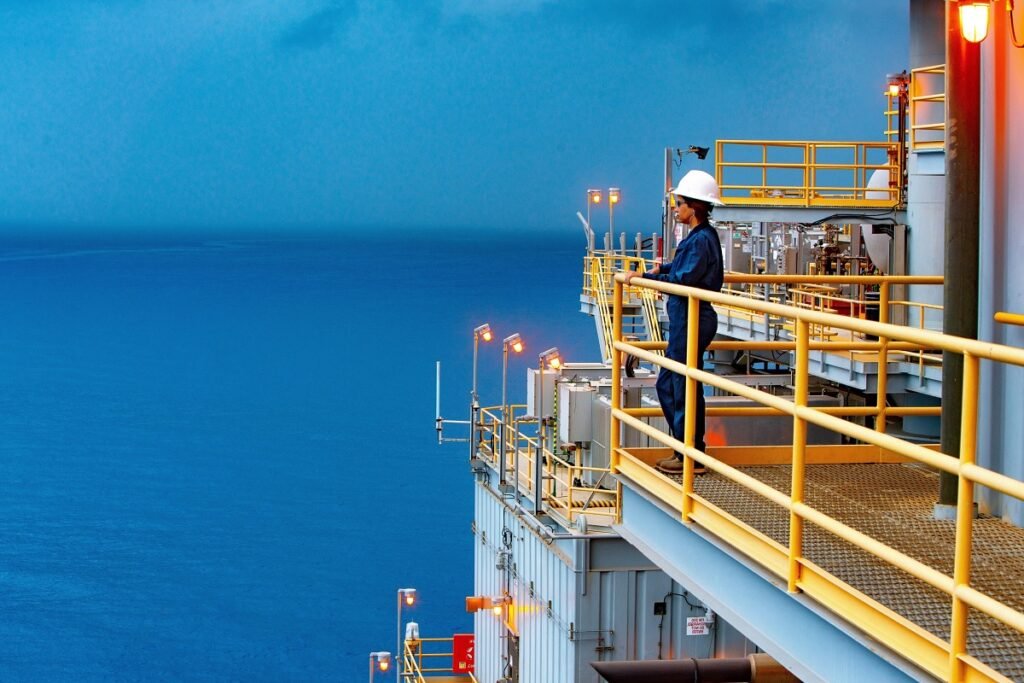
By Maria Bertzeletou, Breakwave Advisors
Industry Actions
Norwegian Cruise Line Holdings joins Methanol Institute: American cruise line Norwegian Cruise Line Holdings (Norwegian) has become the newest member of the Methanol Institute (MI), a global trade association for the methanol industry.
Norwegian has a long-term climate action strategy with a commitment to pursue net zero greenhouse gas emissions by 2050 through reducing carbon intensity, investing in technology including exploring alternative fuels, and implementing a voluntary carbon offset program. The company said it recognizes that a key driver in achieving net zero is the development of alternative fuels along with the global infrastructure to support the creation, distribution, storage, and usage of these fuels. It is continuously exploring avenues such as partnerships, including with the Methanol Institute, to champion these efforts and is committed to investing in research and development to improve its footprint and meet regulatory requirements.
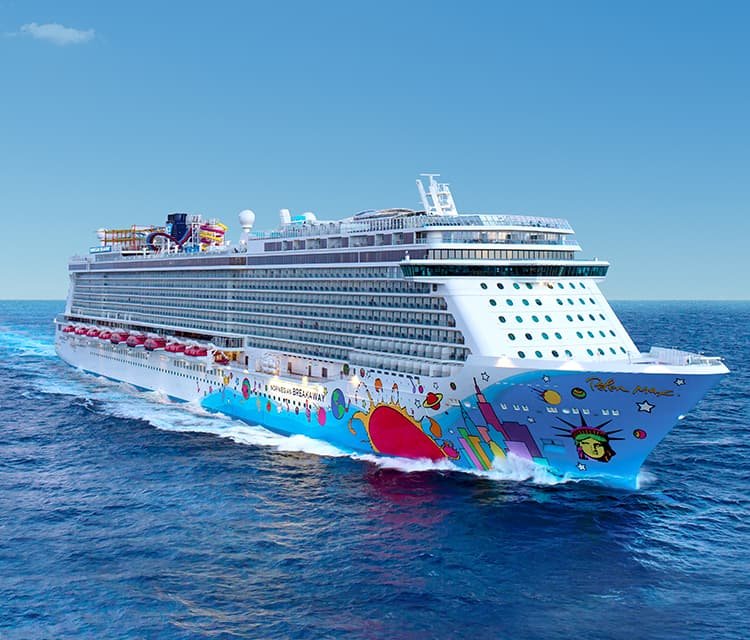
Gasum bunkers first LNG-fueled cruise ship built by Chantiers de l’Atlantique: French shipbuilder Chantiers de l’Atlantique and Nordic energy company Gasum has performed the initial bunkering of the first LNG-fueled cruise ship in the port of La Rochelle. Gasum was selected as a supplier of LNG bunker fuel and technical adviser for the vessel which is the first LNG-powered cruise ship to be completed by Chantiers de l’Atlantique. Gasum’s bunker vessel Kairos delivered LNG for the operation that took place on 10 September 2022. This was also the first LNG bunkering operation for the French port.
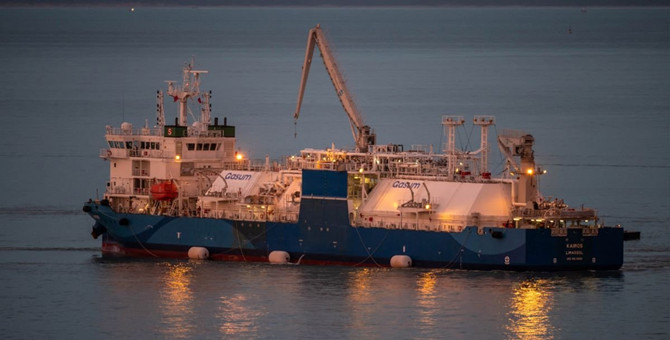

Gasum bunkers first LNG-fueled cruise ship built by Chantiers de l’Atlantique: French shipbuilder Chantiers de l’Atlantique and Nordic energy company Gasum has performed the initial bunkering of the first LNG-fueled cruise ship in the port of La Rochelle. Gasum was selected as a supplier of LNG bunker fuel and technical adviser for the vessel which is the first LNG-powered cruise ship to be completed by Chantiers de l’Atlantique. Gasum’s bunker vessel Kairos delivered LNG for the operation that took place on 10 September 2022. This was also the first LNG bunkering operation for the French port.

Methanol-Ready Ro-Ro will expand New Zealand inter-island shipping: A New Zealand-based freight shipping company has announced plans to move ahead with what could become the first methanol-fueled coastal ro-ro cargo ship. The project is receiving the support of the New Zealand government as part of a broader effort aimed at improving transportation in the island nation and achieving its environmental goals.
The government in total has committed more than US$18 million in funding for the enhancement of coastal shipping through the National Land Transport Program. The goal is to support a resilient, competitive, and sustainable coastal shipping sector. The private sector will be investing an additional $36 million for a total value of the initiative of more than $55 million.
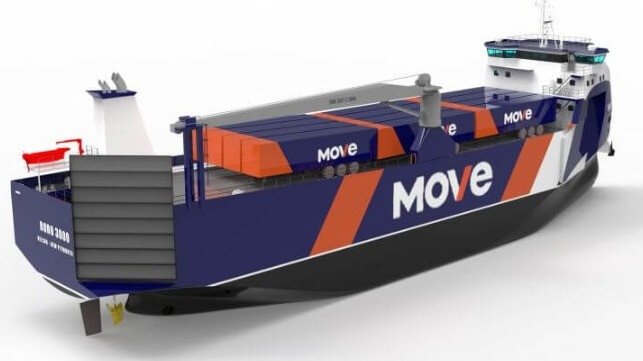

Next Generation of Vessels
Classification society American Bureau of Shipping (ABS) has granted approval in principle (AIP) to CSSC Qingdao Beihai Shipbuilding CO., LTD and China Ship Design & Research Center Co., Ltd (CSDC) for the world’s first methanol-powered Newcastlemax bulk carrier. The dual-fuel, 210,000 dwt vessel is also equipped with the methanol tank capacity to fully meet endurance requirements on methanol fuel alone. Earlier this year, ABS, together with Singapore’s ship owner and operator SDTR Marine and China’s ship design institute Shanghai Merchant Ship Design & Research Institute (SDARI) introduced an 85,000 dwt methanol-fuelled bulk carrier design. With this design, the three companies aim to help decarbonize the shipping sector and speed up its transition to alternative marine fuels such as methanol.
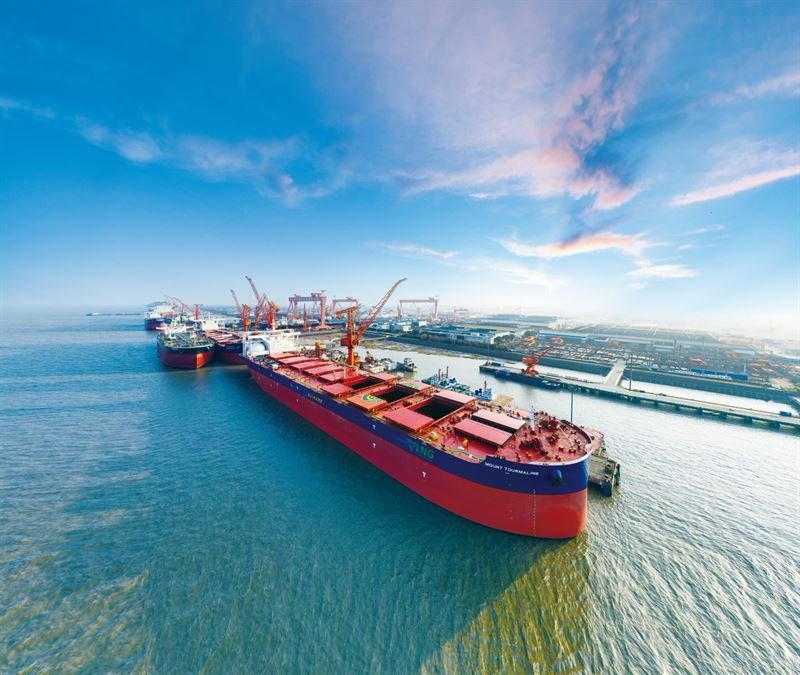

LCO2 Carriers
ABS AIP for 74K cubic meter HHI Liquified CO2 Carrier Design: The next generation ultra large liquefied carbon dioxide (LCO2) carrier for Hyundai Heavy Industries Group (HHI) and Hyundai Glovis has received an approval in principle (AIP) at Gastech from ABS and the Republic of the Marshall Islands (RMI) Maritime Administrator. The 74,000 m3 design builds on the 40,000 m3 “super gap” technology developed in 2021 by HHI, Hyundai Glovis, G-Marine Service, and Korea Shipbuilding & Offshore Engineering Co., Ltd. (KSOE).
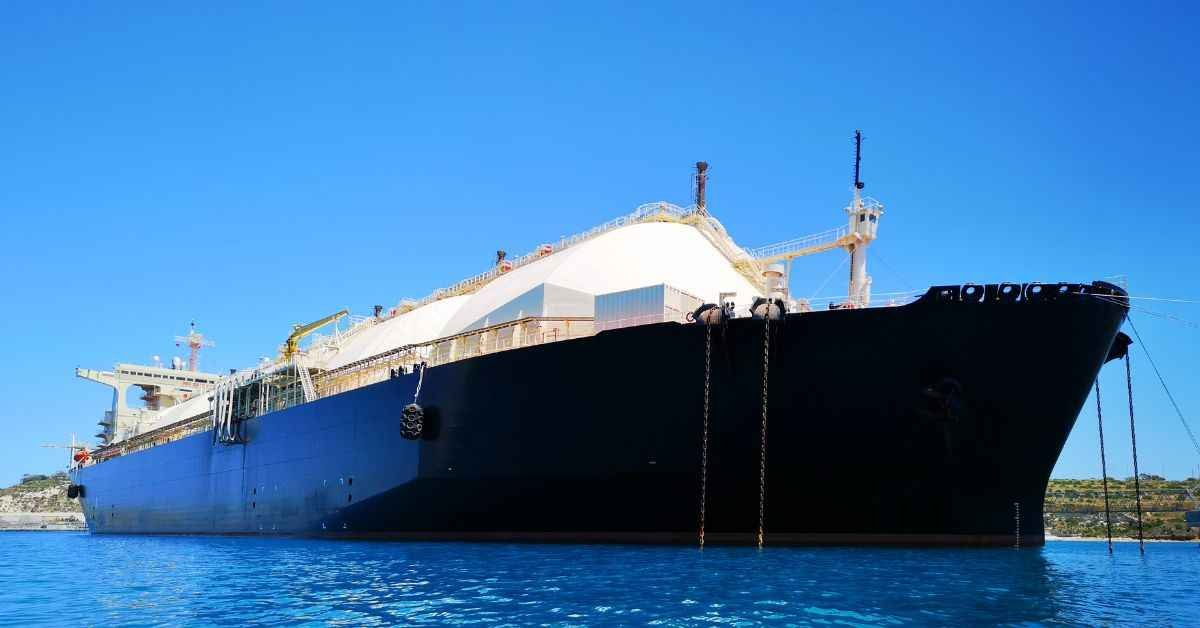

Hyundai Wins Two AIPs for Larger, More Efficient Liquid CO2 Carriers: Hyundai Mipo has won design approval for the development of what it believes to be the first 30,000 cubic meter liquefied carbon dioxide carrier. The design incorporates a new type of steel into the vessel's Type C tanks, making the scantling lighter and enabling the construction of a much larger ship. The design is the first product of a joint development project for a new steel type launched in late 2021, and Hyundai Mipo SVP Chan-il Kim says that it could underpin a class of more economical and efficient LCO2 carriers. Long-distance CO2 transport by sea could be an important part of the future carbon economy if carbon capture and storage ventures prove successful - particularly for delivering CO2 to offshore subsea storage wells.
Ferries / Cruise
Estonia hires Deltamarin to develop an energy-efficient ferry concept: The Estonian Transport Administration has signed an agreement with Finnish ship design and engineering company Deltamarin to develop a concept for the country’s new environmentally friendly ferry. Expected to be completed in early 2023, the concept will be the basis for preparing a public procurement and further designing and constructing the ferry. The vessel design will be reportedly based on zero-emission fuels and technologies that comply with all existing and upcoming environmental regulations.
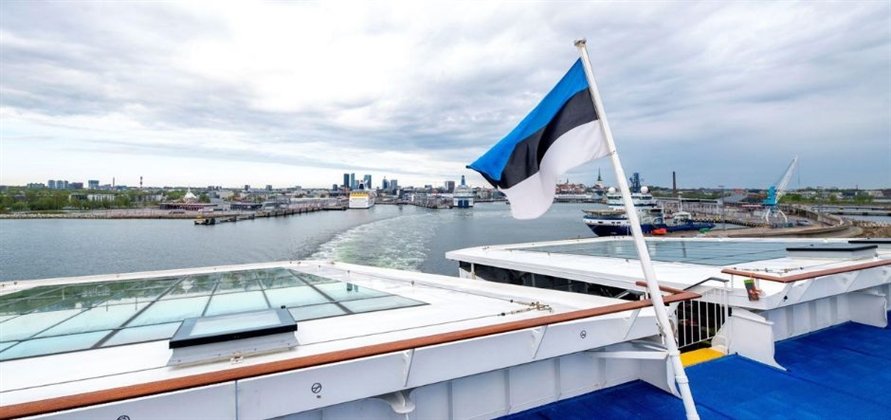

Technology
“World’s largest” electrolyzer arrives in Norway to scale up green hydrogen projects: Norwegian HydrogenPro, a provider of solutions for producing, storing, and distributing hydrogen from renewable energy sources, has received what is said to be the world’s largest electrolyzer at its test facility at Herøya. The electrolyzer, which was manufactured at HydrogenPro’s factory in Tianjin, China, arrived at the Herøya test facility on 10 September, marking a milestone in the company’s history.
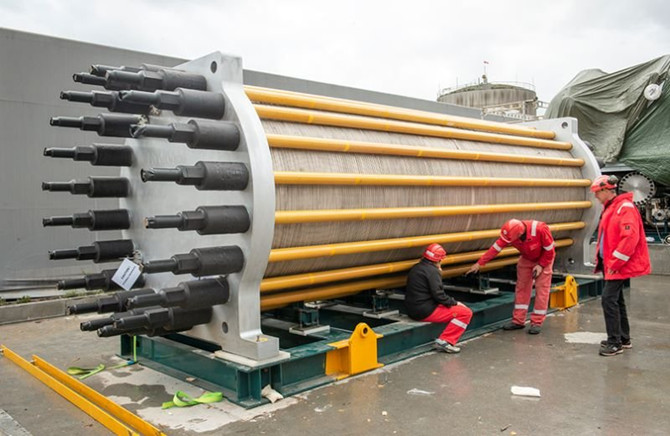
DNV: Hydrogen is likely to have limited uptake in deep-sea shipping:The adoption of hydrogen as marine fuel for deep sea-going vessels seems to be lagging behind its counterparts such as methanol and ammonia. Hydrogen is an attractive fuel for internal combustion engines and its combustion produces no greenhouse gas emissions. However, hydrogen needs to be compressed (700 bar) or liquified (-253 °C), which requires substantial ingenuity from the engineering side to enable a vessel to store the chemical element safely at such low temperatures while keeping the structural integrity of the tanks and the entire vessel intact.

As the global steel industry moves to switch to direct reduced iron (DRI) production and use green hydrogen to reduce emissions, the MENA region is in a prime position to start producing carbon-neutral or green steel, the report finds. The International Energy Agency (IEA) in its Net Zero Emissions scenario models the global share of hydrogen-based (H2) DRI-EAF production to reach 29% of primary steelmaking by 2050. BloombergNEF estimates that 56% (840 million tons) of primary steel production will come from H2DRI-EAF by 2050 in a net-zero emissions scenario.
Biofuels
Located at Belgium’s Port of Antwerp-Bruges, the future terminal is expected to be operational in 2027. It will deliver storage and multimodal logistics solutions for ammonia (train, truck, barge, and possibly ammonia pipelines connected to local industrial sites).
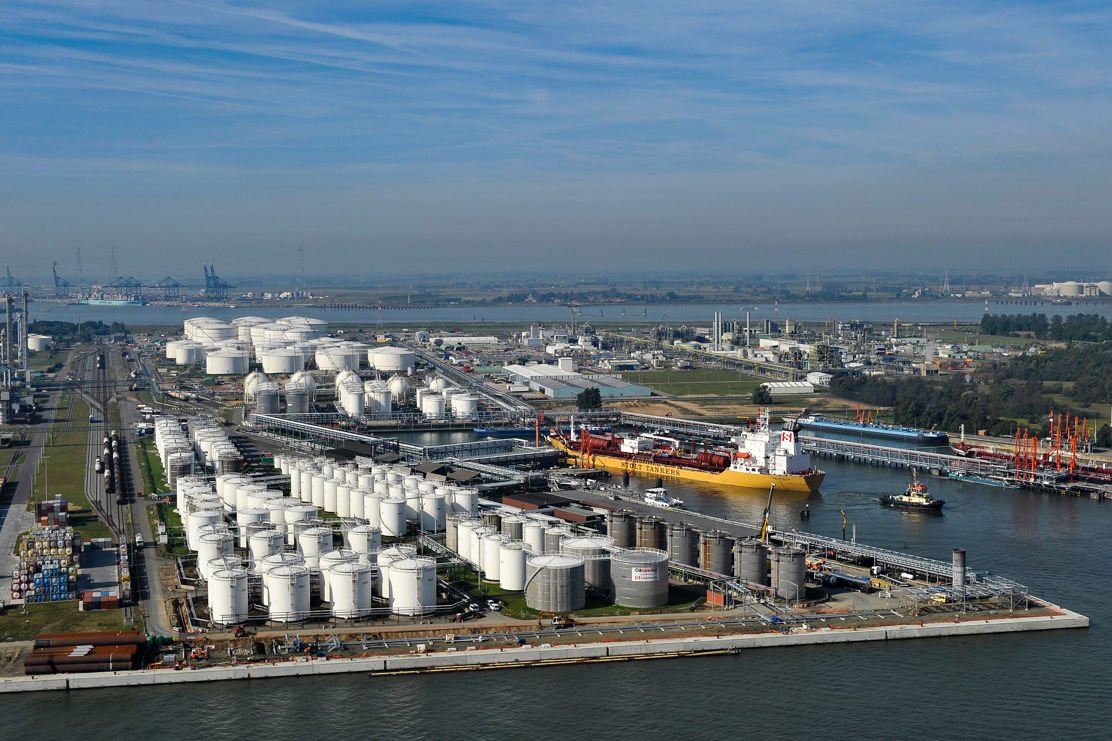
Port Houston, Shell set sights on decarbonizing the port’s container terminals: Port Houston has signed a Memorandum of Understanding (MOU) with Shell to explore key energy, mobility, and decarbonization projects. The agreement aims to identify new technology and infrastructure opportunities at the port’s terminals that have the potential to ultimately lead to significant emissions reductions. The first project planned under the MOU will be a study to understand the decarbonization potential at Port Houston’s two container terminals, Barbours Cut Container Terminal and Bayport Container Terminal.
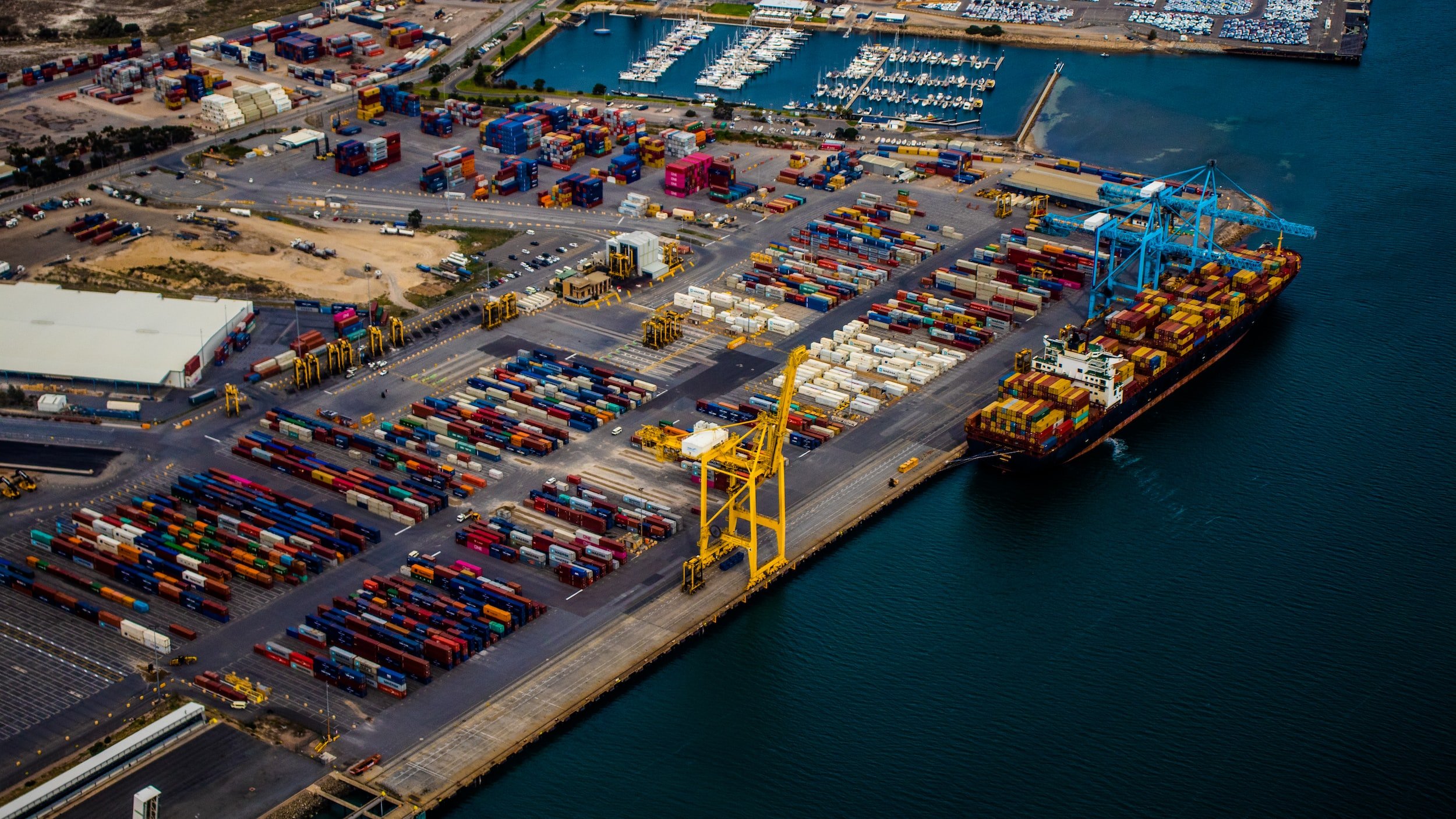
The funding — €5.12 billion — will support projects across all EU Member States along the Trans-European Transport Network (TEN-T) – the network of rail, inland waterways, ports, and roads that connects Europe.

Fuels / Research studies
ICCT: For renewable LNG to make climate sense, methane slip must be eliminated: The challenge with LNG lies in the occurrence of the ‘methane slip’, the unburned fuel emitted from dual fuel internal combustion engines on ships, as well as the methane leakage that happens throughout the LNG supply chain. Various studies have pointed out that these spillages result in higher well-to-wake (WTW) CO2e emissions from ships using LNG compared with conventional marine fuels. the uptake of LNG as a ‘climate-friendly’ fuel for the maritime industry hinges on the assumption that ships can switch to bio and e-LNG (renewable LNG) in the future, cutting greenhouse gas (GHG) emissions.
However, for this to happen, there must be enough renewable LNG to meet future demand and using it must result in a substantial reduction in GHG emissions on a life-cycle basis compared to fossil LNG, as indicated in the recent report by the International Council on Clean Transportation (ICCT). ICCT’s report focuses on ships trading within the European Union. It predicts a tripling demand for LNG as marine fuel between 2019 and 2030, based on trends in fuel consumption. It also estimates that renewable LNG will cost seven times more than fossil LNG in 2030 and, therefore, subsidies or other policies would be needed to encourage its use. It dives into three possible scenarios until 2030 in the EU with governmental subsidies supporting the use of renewable LNG.
DNV: Hydrogen is likely to have limited uptake in deep-sea shipping:The adoption of hydrogen as marine fuel for deep sea-going vessels seems to be lagging behind its counterparts such as methanol and ammonia. Hydrogen is an attractive fuel for internal combustion engines and its combustion produces no greenhouse gas emissions. However, hydrogen needs to be compressed (700 bar) or liquified (-253 °C), which requires substantial ingenuity from the engineering side to enable a vessel to store the chemical element safely at such low temperatures while keeping the structural integrity of the tanks and the entire vessel intact.

With green hydrogen investments, MENA region can lead global steel decarbonization: The Middle East and North Africa (MENA) region could emerge as a leader in global steel decarbonization with investment in green hydrogen and renewable energy, according to a new report from the Institute for Energy Economics and Financial Analysis (IEEFA).
As the global steel industry moves to switch to direct reduced iron (DRI) production and use green hydrogen to reduce emissions, the MENA region is in a prime position to start producing carbon-neutral or green steel, the report finds. The International Energy Agency (IEA) in its Net Zero Emissions scenario models the global share of hydrogen-based (H2) DRI-EAF production to reach 29% of primary steelmaking by 2050. BloombergNEF estimates that 56% (840 million tons) of primary steel production will come from H2DRI-EAF by 2050 in a net-zero emissions scenario.
KBR to study green ammonia-based power systems for drilling units: US engineering company KBR will conduct a study to develop a carbon-neutral, green ammonia-based power system for a semi-submersible drilling unit owned by Odfjell. As part of the study, KBR will collaborate will Odfjell, Equinor , and Wärtsilä to assess the conversion of the diesel generators onboard drilling units to ammonia-fueled generators. KBR, an ammonia licensor, is using K-GreeN technology to produce carbon-free ammonia based on the electrolysis of water.
Biofuels
Maersk supply’s fleet starts using biofuel offering carbon savings: Maersk Supply Service is becoming one of the first shipping companies to provide customers with the option to reduce carbon emissions by selecting a biofuel alternative. After extensive testing by many leading shipping companies, an increasing number are beginning to adopt biofuels as a near-term, easy-to-adopt alternative to reduce carbon emissions. Maersk Supply Service reports that in 2021 they successfully trialed biofuel aboard the anchor handler Maersk Tender. The vessel was operating in partnership with the Dutch green-tech start-up, The Ocean Cleanup.
Ports
Partners eye open-access green ammonia import terminal at Port of Antwerp-Bruges: Belgian energy infrastructure firm Fluxys has teamed up with compatriot Advario Stolthaven Antwerp and Advario Gas Terminal to study the feasibility of building an open-access green ammonia import terminal at the Port of Antwerp-Bruges. The three companies plan to combine their expertise in logistics, storage, and pipeline transmissions to ascertain the optimum ammonia storage solution for northwest Europe as the need for importing and storing green energy grows amid the decarbonization drive across Europe.
Located at Belgium’s Port of Antwerp-Bruges, the future terminal is expected to be operational in 2027. It will deliver storage and multimodal logistics solutions for ammonia (train, truck, barge, and possibly ammonia pipelines connected to local industrial sites).

Port Houston, Shell set sights on decarbonizing the port’s container terminals: Port Houston has signed a Memorandum of Understanding (MOU) with Shell to explore key energy, mobility, and decarbonization projects. The agreement aims to identify new technology and infrastructure opportunities at the port’s terminals that have the potential to ultimately lead to significant emissions reductions. The first project planned under the MOU will be a study to understand the decarbonization potential at Port Houston’s two container terminals, Barbours Cut Container Terminal and Bayport Container Terminal.

Regulations
Minneapolis passes Ship It Zero resolution: The Minneapolis City Council unanimously passed a Ship It Zero resolution that calls on top maritime import polluters to the US to commit to making all imports to the country on 100% zero-emission ships by 2030. Minneapolis is the third US city to pass a Ship It Zero resolution, following Los Angeles and Long Beach, California. The three cities have called on companies including Target, Walmart, Amazon, and IKEA, to immediately adopt emission-reducing technologies, such as wind-assist propulsion, and fully move products off fossil-fueled ships by the end of the decade.
The Minneapolis resolution further calls for state and federal legislation or administrative actions to rapidly decarbonize the maritime shipping industry and create zero-emission shipping corridors along the US coast and across the trans-Pacific trade route, building off the recently announced Shanghai, Los Angeles, and Long Beach green shipping corridor.
EU launches €5 billion call to make transport energy efficient: The European Commission (EC) has launched a call for proposals under the Connecting Europe Facility (CEF) for Transport program which makes available over €5 billion for European transport infrastructure projects.
The funding — €5.12 billion — will support projects across all EU Member States along the Trans-European Transport Network (TEN-T) – the network of rail, inland waterways, ports, and roads that connects Europe.
As explained, projects funded under this call will help increase the sustainability of the transport network, putting the EU on track to meet the European Green Deal objective of cutting transport emissions by 90% by 2050.
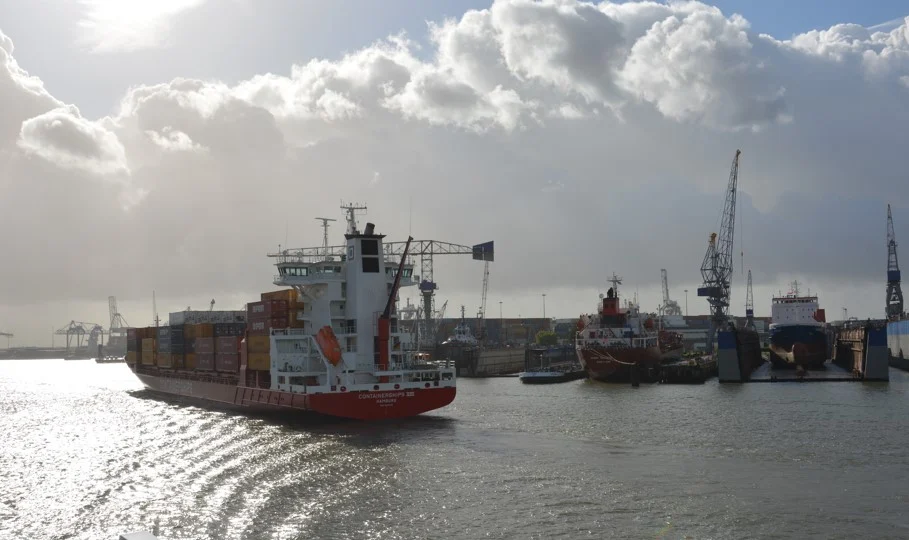

The opinions expressed herein are the author's and not necessarily those of The Xinde Marine News.
Please Contact Us at:







